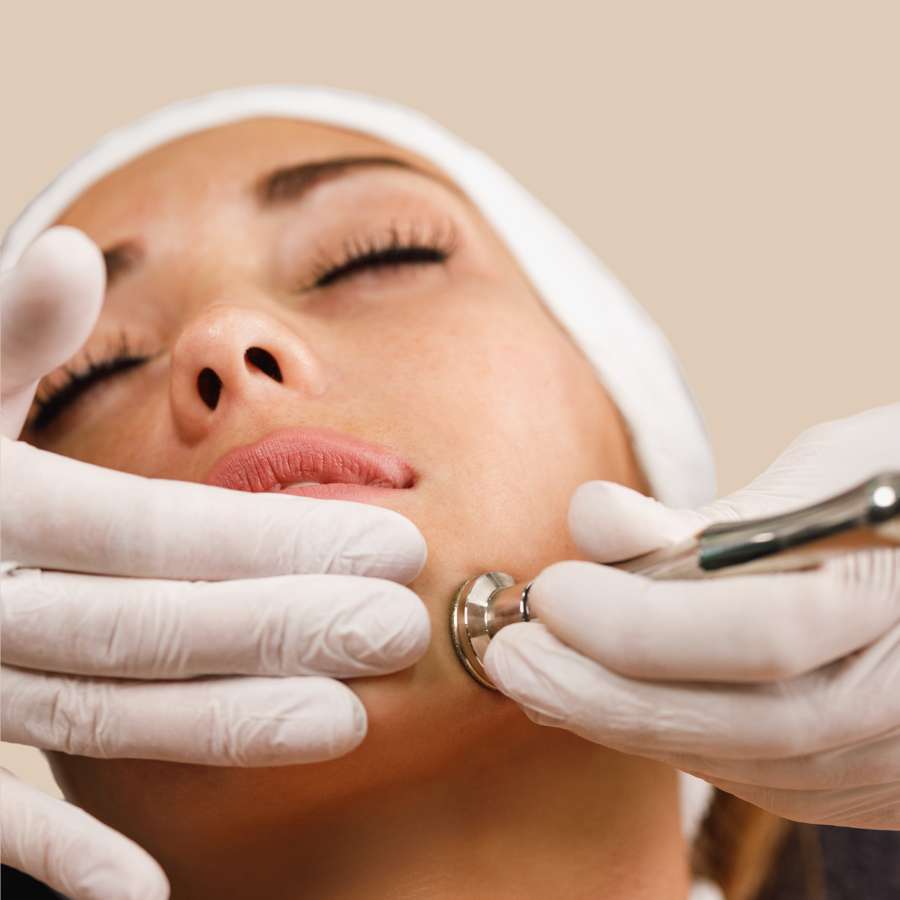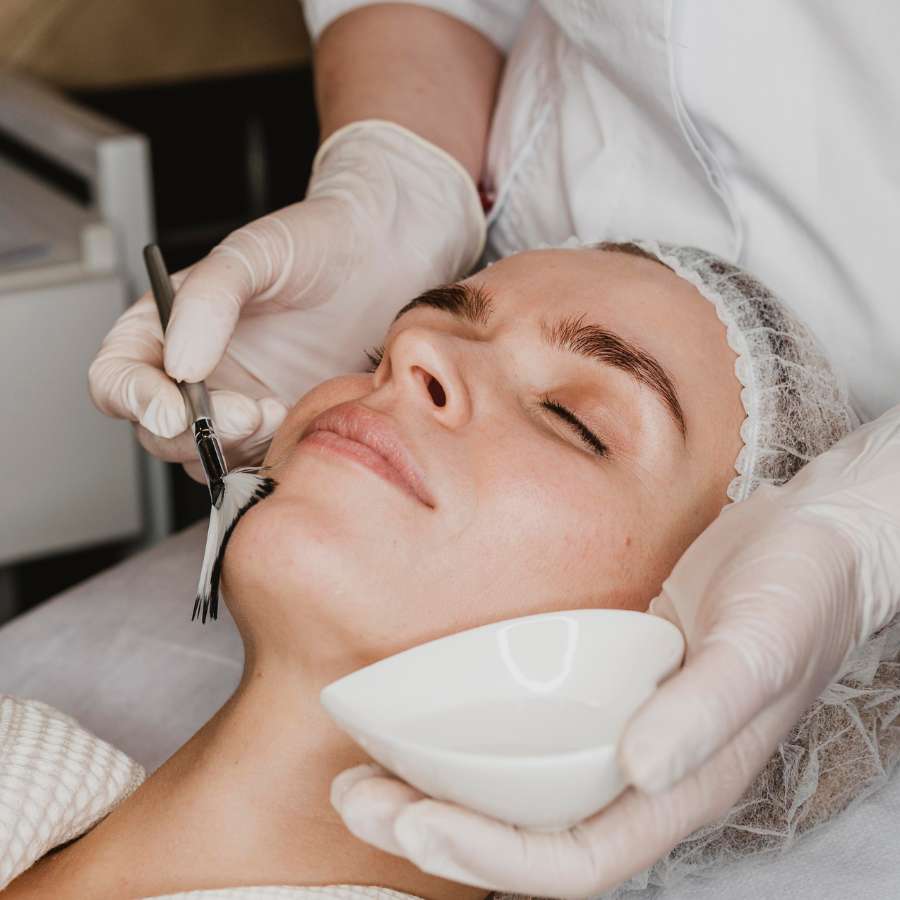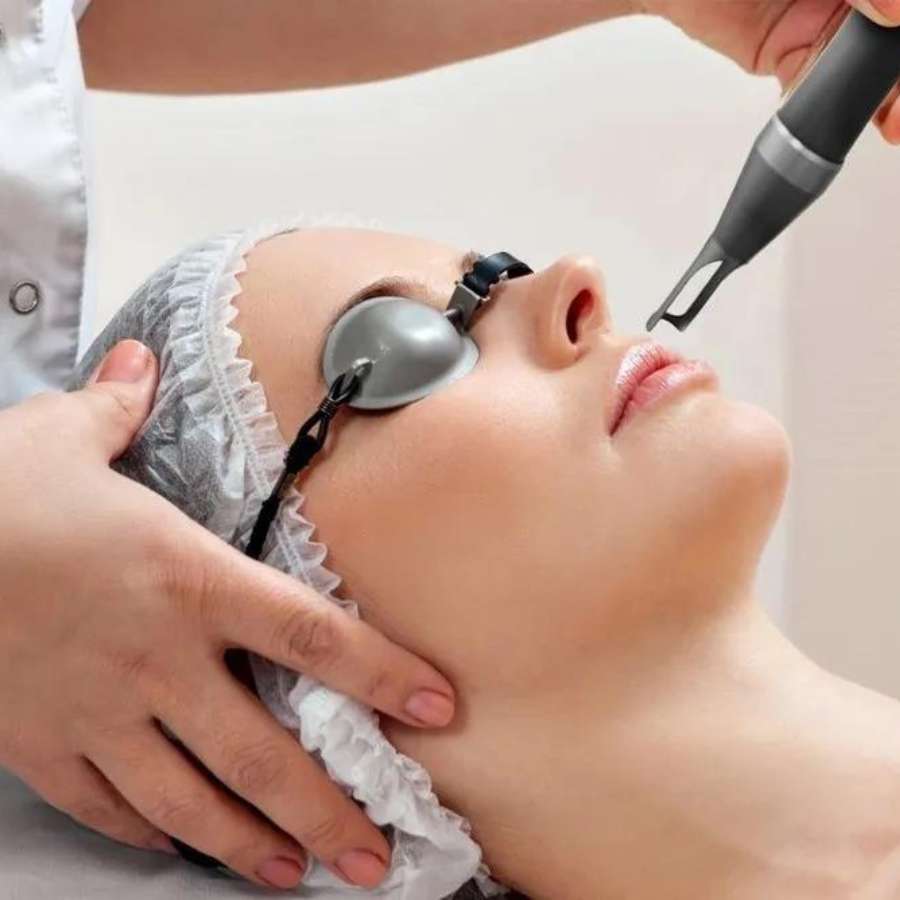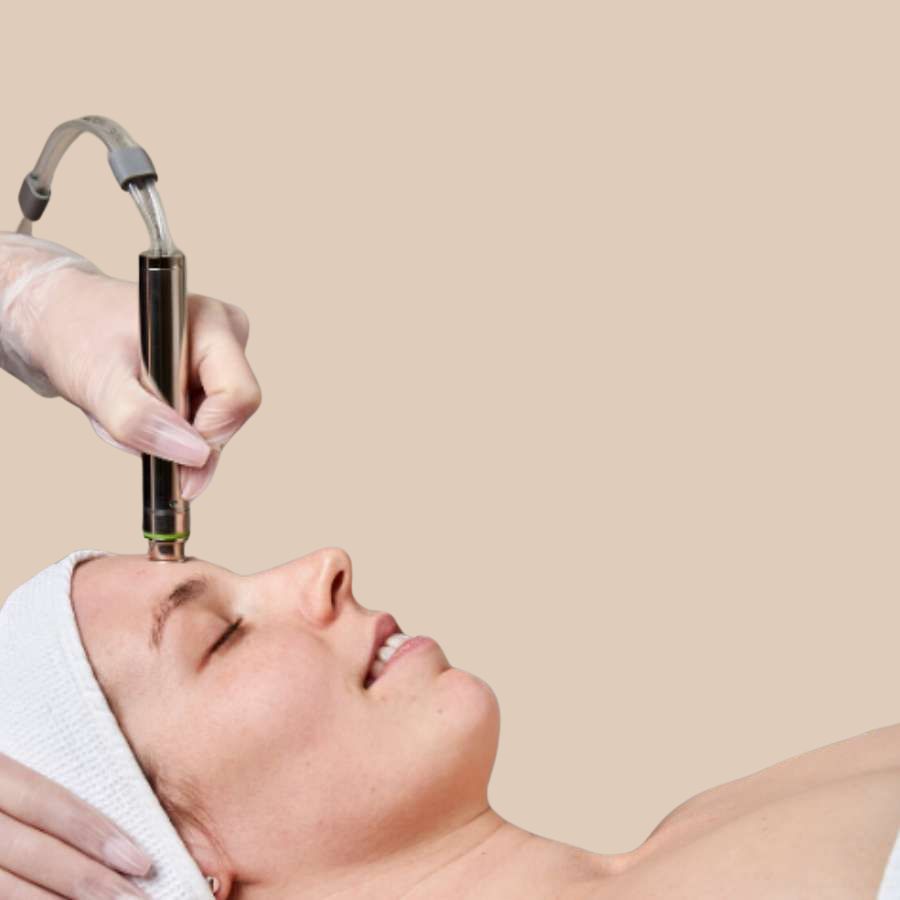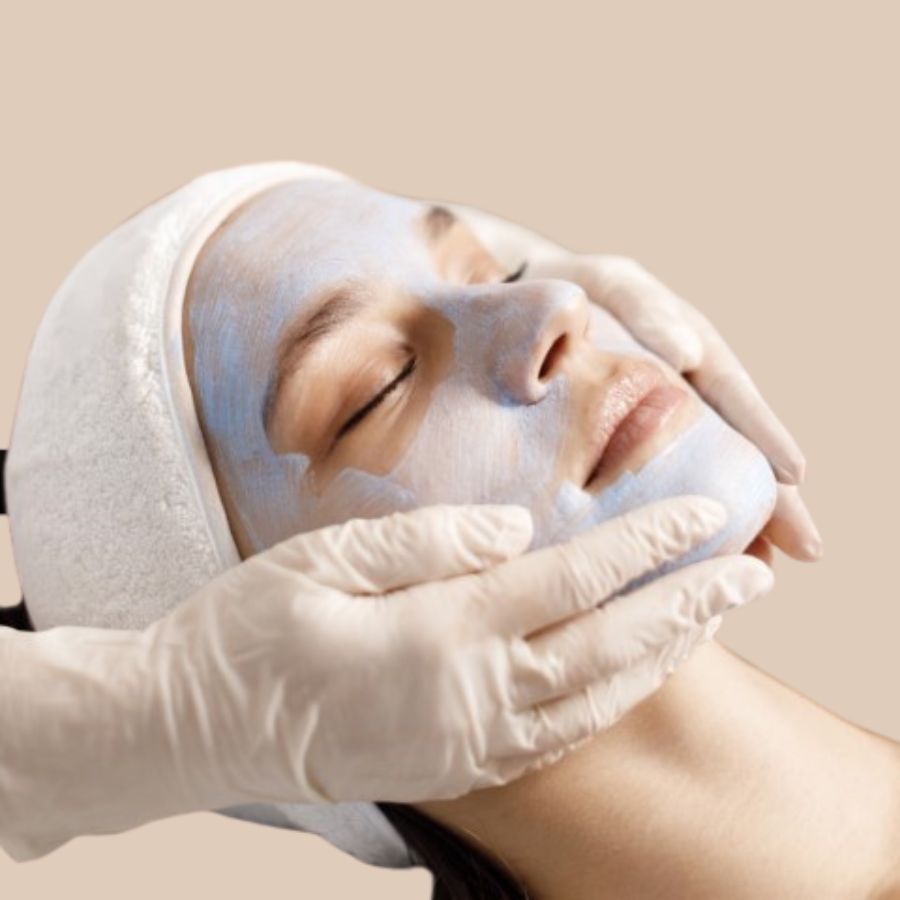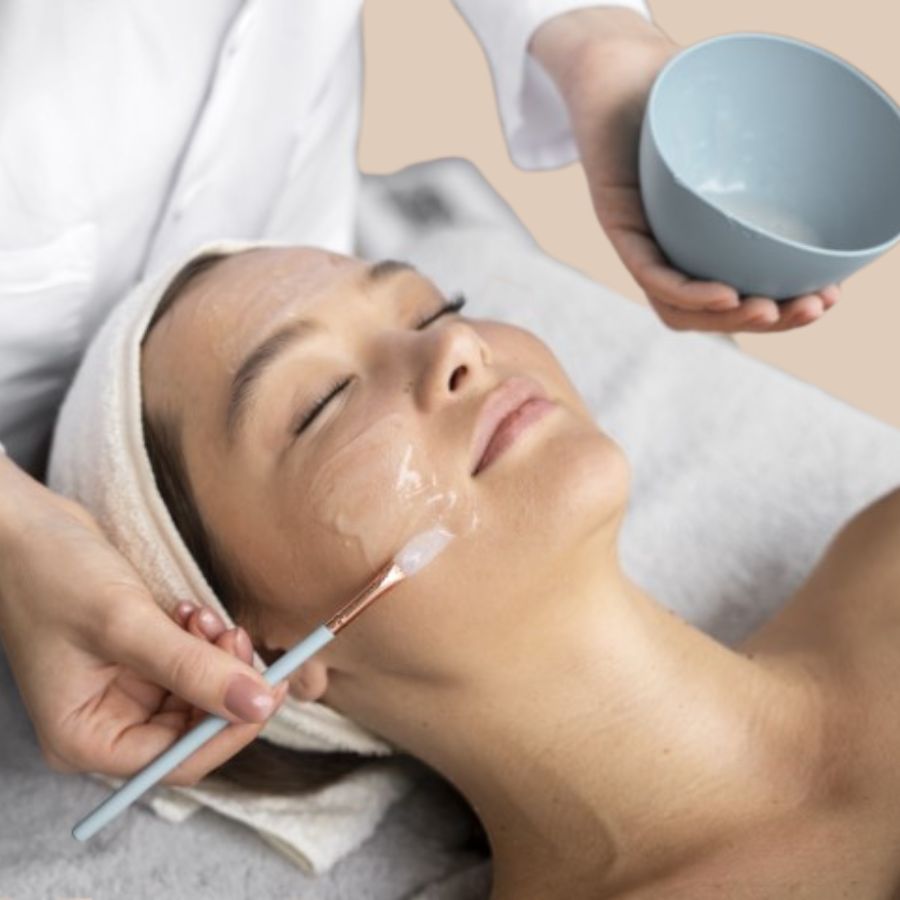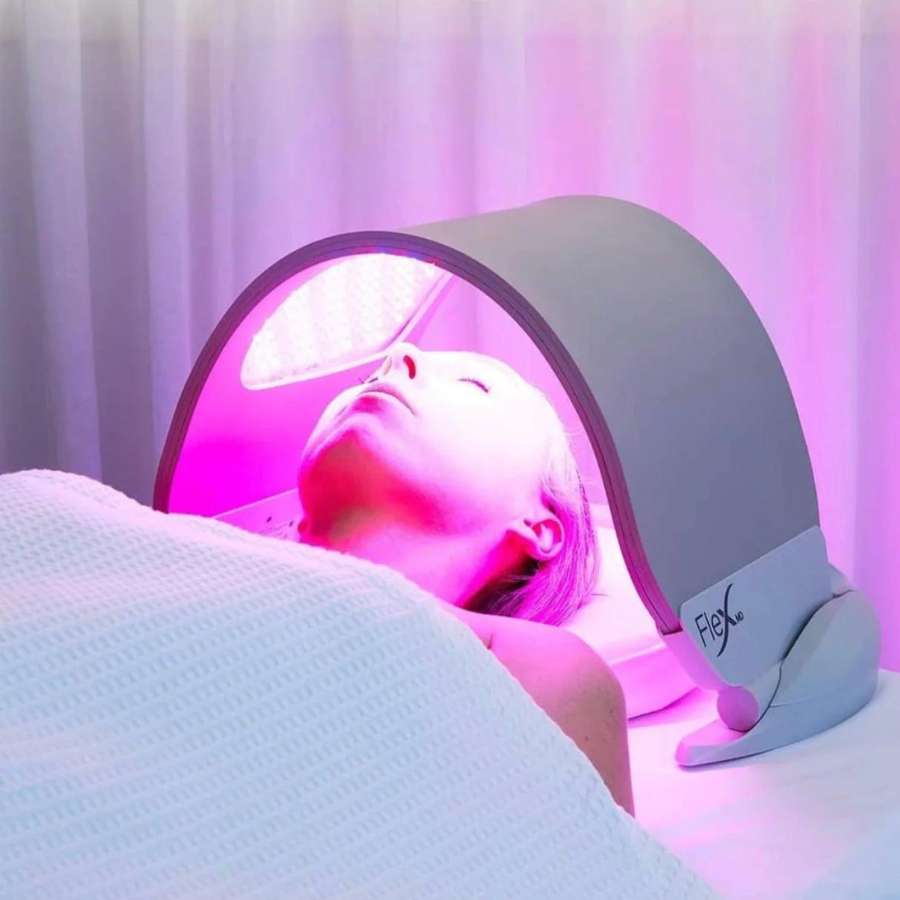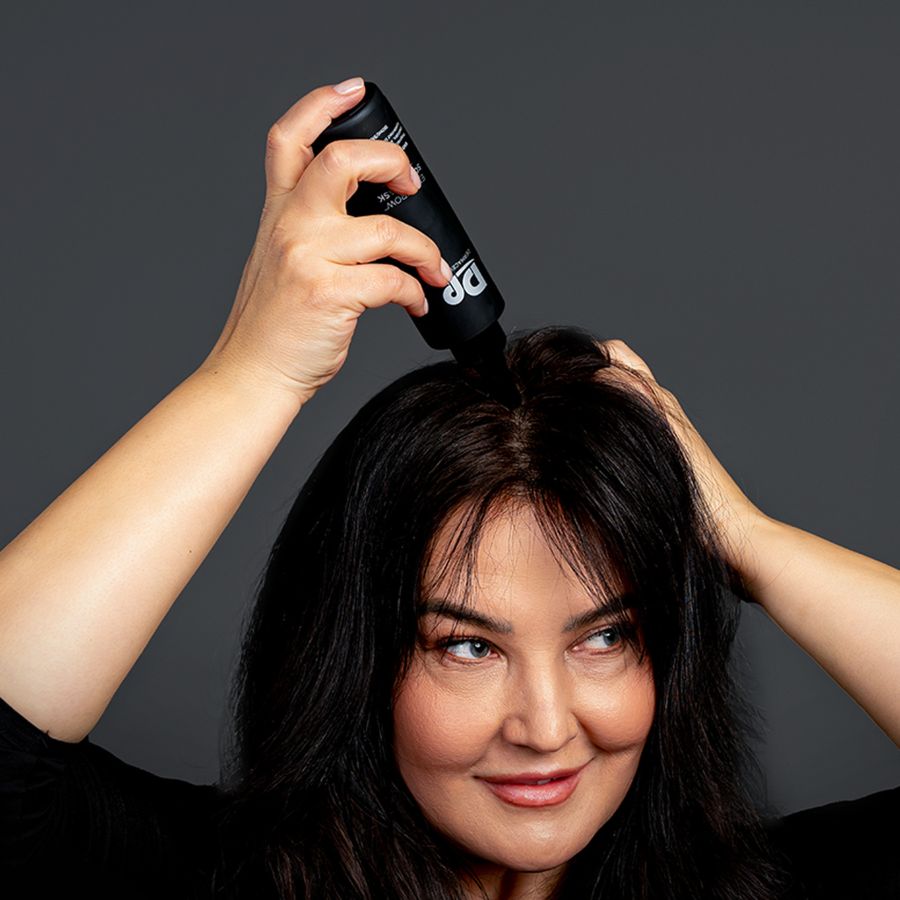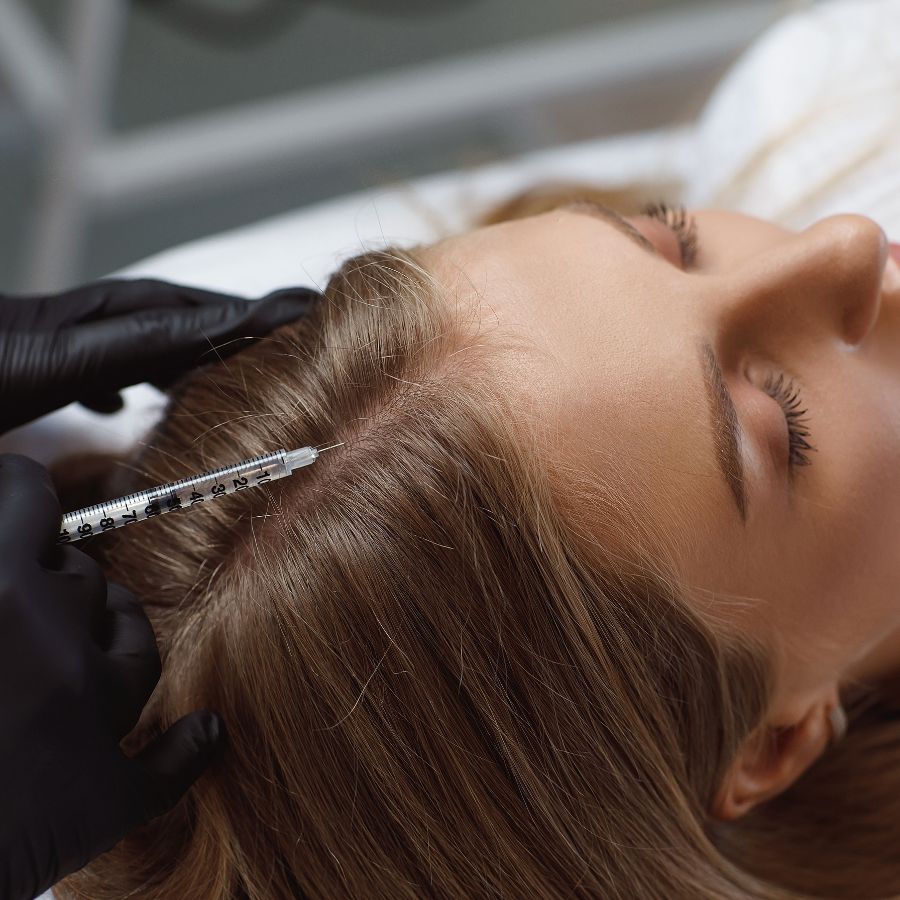Wax laser hair removal is a popular method for achieving long-lasting smooth skin. Combining the benefits of waxing and laser treatments, this approach helps reduce hair growth effectively. Whether you’re considering wax before laser, waxing after laser, or alternating between the two, understanding the process is key to optimal results.
Wax Laser Hair Removal

Wax laser hair removal is a hybrid approach that leverages the strengths of both waxing and laser treatments. Waxing removes hair from the root, while laser targets the hair follicle to inhibit future growth. This combination can lead to smoother skin and reduced hair density over time.
How Waxing Complements Laser Hair Removal
Waxing before a laser session can help by removing surface hair, allowing the laser to focus on the follicle beneath the skin. However, timing is crucial—waxing too close to a laser session can irritate the skin and reduce effectiveness.
Laser treatments work best when hair is in the active growth phase, so coordinating waxing and laser sessions requires planning. Consulting a professional can help create a schedule that maximizes results while minimizing discomfort.
Benefits of Combining Waxing and Laser
The dual approach ensures immediate smoothness from waxing while laser treatments provide long-term reduction. This is especially useful for those with thick or dark hair, as laser targets melanin effectively.
Additionally, waxing can reduce the number of laser sessions needed by thinning hair over time. Patients often report faster results when combining both methods compared to using just one.
Potential Risks and Precautions
Overlapping treatments without proper spacing can lead to skin irritation or hyperpigmentation. It’s essential to follow aftercare instructions, such as avoiding sun exposure and using soothing creams.
Those with sensitive skin should proceed cautiously and consider patch tests before full treatments. A dermatologist can recommend the best approach based on skin type and hair texture.
Wax Before Laser

Preparing for laser hair removal often involves questions about wax before laser. While waxing can help, timing and technique matter to avoid complications.
Why Waxing Before Laser Can Be Beneficial
Waxing removes hair from the root, clearing the way for the laser to target follicles more precisely. This can enhance the effectiveness of laser treatments, especially in areas with dense hair growth.
However, waxing should be done at least four weeks before a laser session to allow hair to regrow sufficiently. Laser needs hair in the follicle to work, so waxing too close to the appointment can render the treatment ineffective.
Ideal Timing for Waxing Before Laser
Experts recommend waxing no sooner than four weeks prior to a laser session. This ensures enough hair has regrown for the laser to detect and destroy the follicle.
Scheduling consultations with a laser technician can help tailor the timeline to individual hair growth cycles. Keeping a hair removal journal can also track progress and optimize timing.
Common Mistakes to Avoid
Waxing right before a laser session is a common error that can waste time and money. Similarly, using depilatory creams or tweezing can interfere with laser effectiveness.
Stick to shaving between sessions if immediate hair removal is needed, as it preserves the follicle. Avoiding sun exposure before and after treatments also prevents skin damage and improves results.
Waxing After Laser
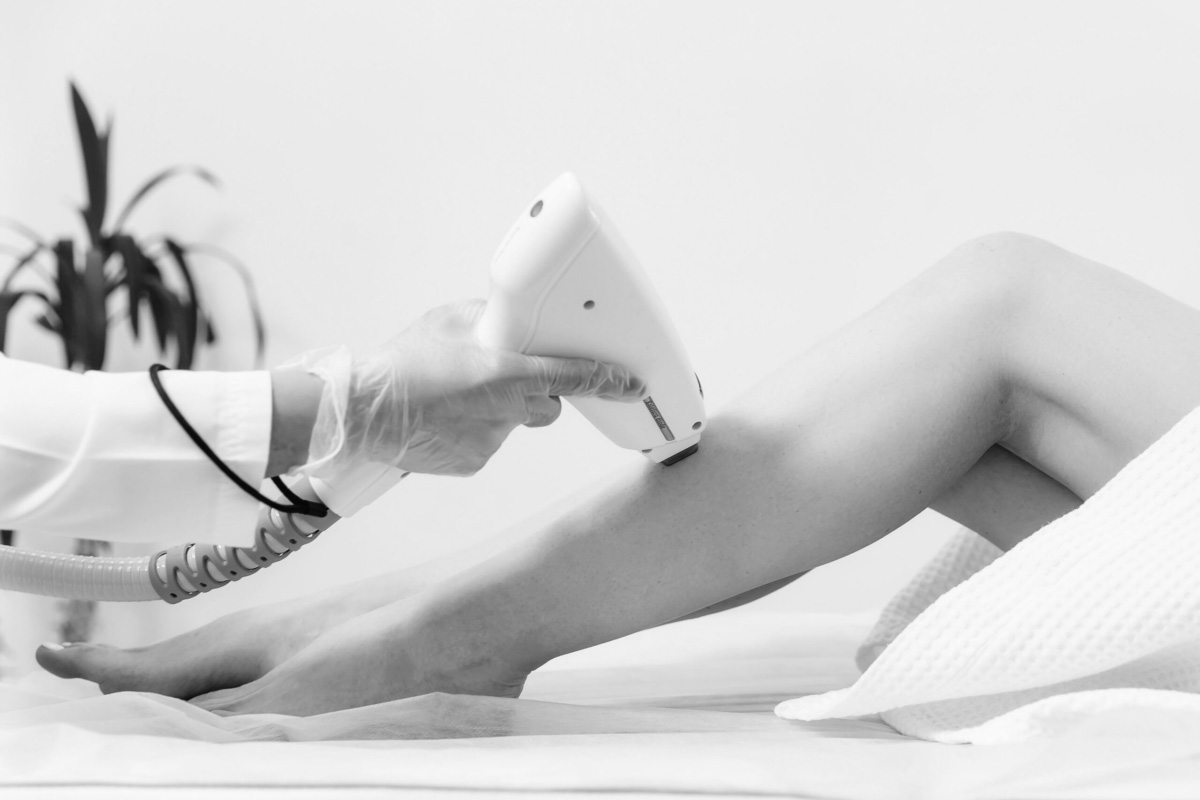
Waxing after laser treatments requires careful consideration to avoid undoing progress or causing irritation.
When to Resume Waxing Post-Laser
Laser treatments weaken hair follicles, so waxing too soon can disrupt the process. Most professionals advise waiting at least six weeks after a laser session before waxing again.
This allows the skin to heal and ensures any remaining hair is in the right growth phase for effective waxing. Patience is key—rushing into waxing can lead to ingrown hairs or skin sensitivity.
Benefits of Waxing After Laser
For those nearing the end of their laser journey, waxing can help maintain smoothness. It’s particularly useful for targeting stray hairs that laser may have missed.
Waxing can also extend the results of laser treatments by keeping hair growth minimal. Combining both methods strategically ensures long-lasting smoothness.
Risks of Waxing Too Soon After Laser
Premature waxing can irritate laser-treated skin, leading to redness or swelling. It may also reactivate dormant follicles, counteracting the laser’s effects.
Always consult a specialist before resuming waxing to avoid setbacks. Using gentle, post-laser skincare products can soothe the skin and prepare it for future waxing.
Waxing and Laser Hair Removal
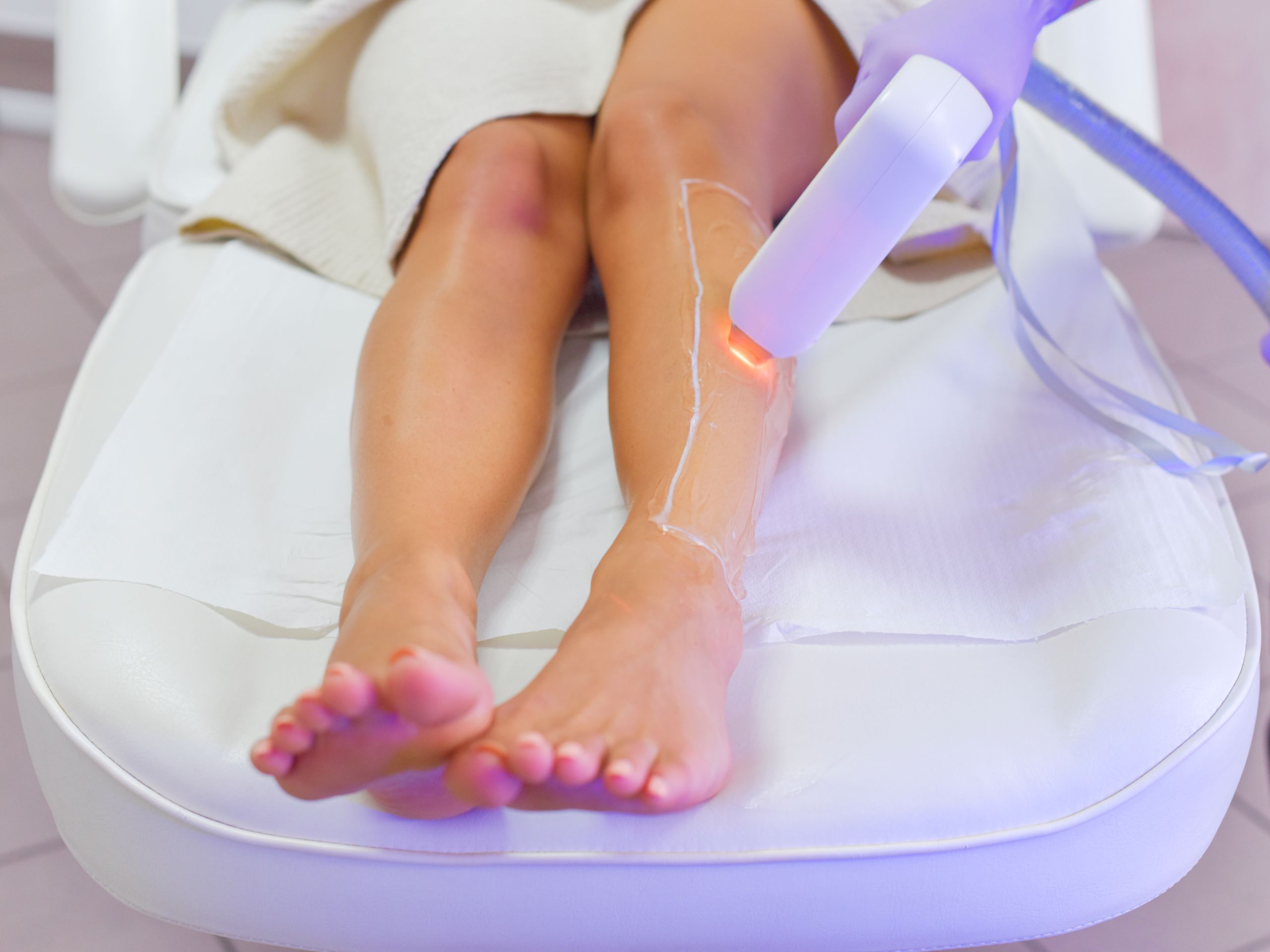
Understanding the relationship between waxing and laser hair removal helps in creating an effective hair reduction plan.
How Waxing and Laser Work Together
Waxing provides immediate hair removal, while laser offers long-term reduction. Alternating between the two can maximize smoothness and minimize regrowth.
However, coordination is essential—laser requires hair in the follicle, whereas waxing removes it entirely. A well-planned schedule ensures both methods complement rather than counteract each other.
Best Practices for Combining Both Methods
Start with laser treatments to weaken follicles, then use waxing for maintenance. Avoid waxing the same area within four weeks of a laser session to preserve follicle integrity.
For optimal results, space treatments appropriately and follow professional advice. Keeping skin moisturized and protected from the sun enhances the effectiveness of both methods.
Who Should Avoid Combining Waxing and Laser
Those with very sensitive skin or conditions like eczema may find the combination too harsh. Similarly, individuals prone to keloids or hyperpigmentation should proceed with caution.
A patch test can help determine skin tolerance before committing to a full treatment plan. Consulting a dermatologist ensures safety and efficacy.
Waxing Before Laser Hair Removal
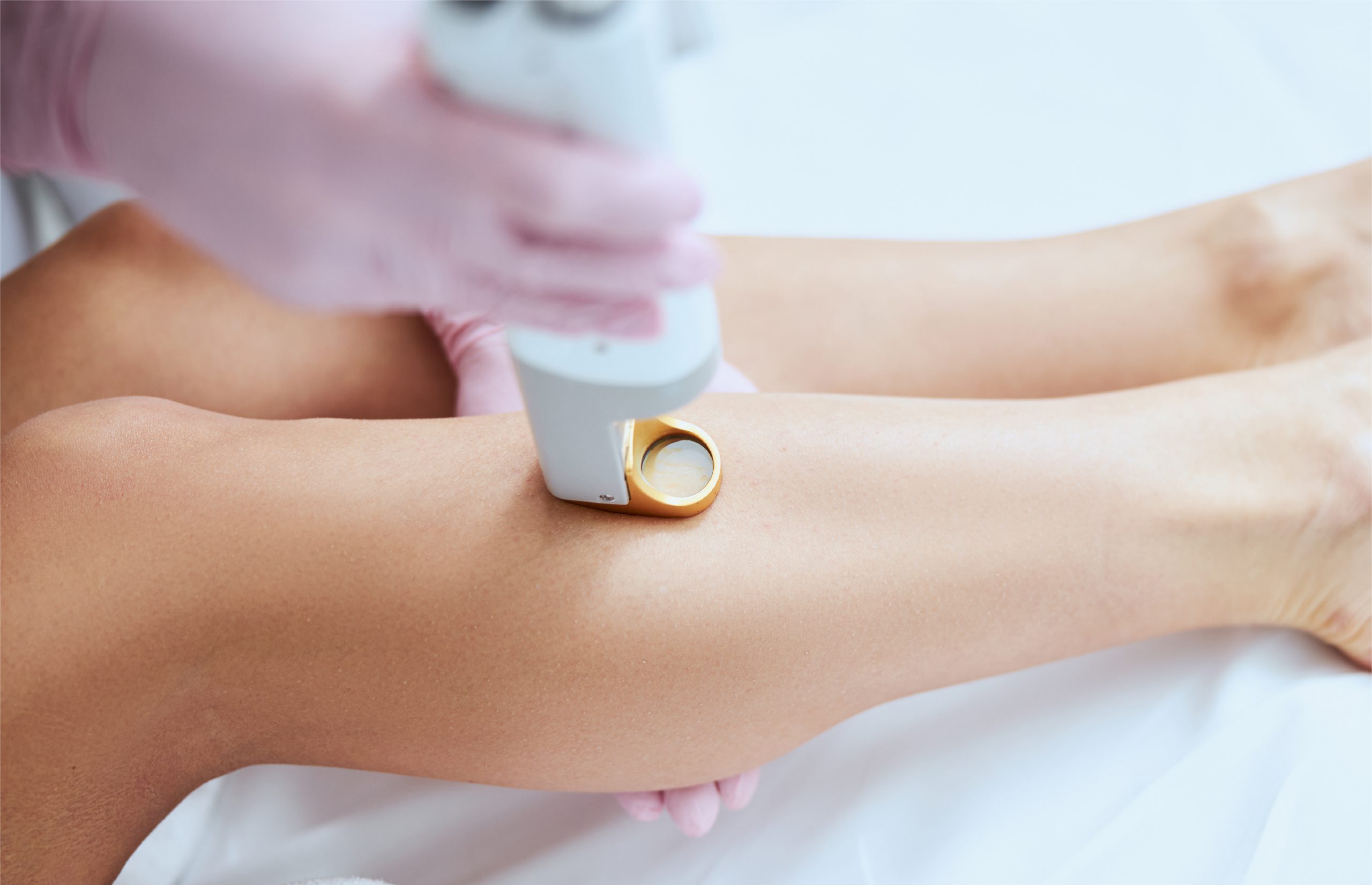
Waxing before laser hair removal can be beneficial if done correctly, but timing is critical.
The Science Behind Waxing Before Laser
Waxing removes hair from the root, which can help laser energy target follicles more accurately. However, laser needs hair present in the follicle to be effective, so waxing too soon is counterproductive.
Ideally, wax several weeks before laser to allow regrowth while keeping skin smooth in the interim. This balance ensures both treatments work harmoniously.
Step-by-Step Guide to Pre-Laser Waxing
- Wax the desired area at least four weeks before your laser appointment.
- Avoid sun exposure to prevent skin sensitivity.
- Moisturize regularly to keep skin healthy for laser treatment.
- Shave any regrowth a day before the laser session to keep the surface clear.
Following these steps prepares the skin optimally for laser hair removal.
Myths About Waxing Before Laser
A common misconception is that waxing right before laser enhances results. In reality, it can render the laser ineffective by removing the target hair.
Another myth is that waxing and laser cannot be combined at all. With proper timing, they can work together beautifully for smoother skin.
Waxing Between Laser Hair Removal

Waxing between laser hair removal sessions can help maintain smoothness but requires careful planning.
The Role of Waxing During Laser Treatment Cycles
Laser treatments are typically spaced 4-6 weeks apart to target hair in different growth phases. Waxing between sessions can help manage hair growth but must be timed correctly.
Avoid waxing within two weeks of a laser session to ensure enough hair is present for the next treatment. Shaving is a safer alternative for temporary hair removal during this period.
Pros and Cons of Intermittent Waxing
Pros:
- Keeps skin smooth between laser sessions.
- Reduces the appearance of hair while waiting for laser results.
Cons:
- Risk of interfering with laser effectiveness if done too close to sessions.
- Potential for skin irritation if overdone.
Balancing both methods ensures the best outcome.
Expert Tips for Waxing Between Laser Appointments
Consult your laser technician before waxing to align with your treatment plan. Use gentle wax formulas to minimize skin stress.
Stay hydrated and moisturize to maintain skin health. Avoid waxing if the skin is still sensitive from the last laser session.
Waxing in Between Laser Treatments
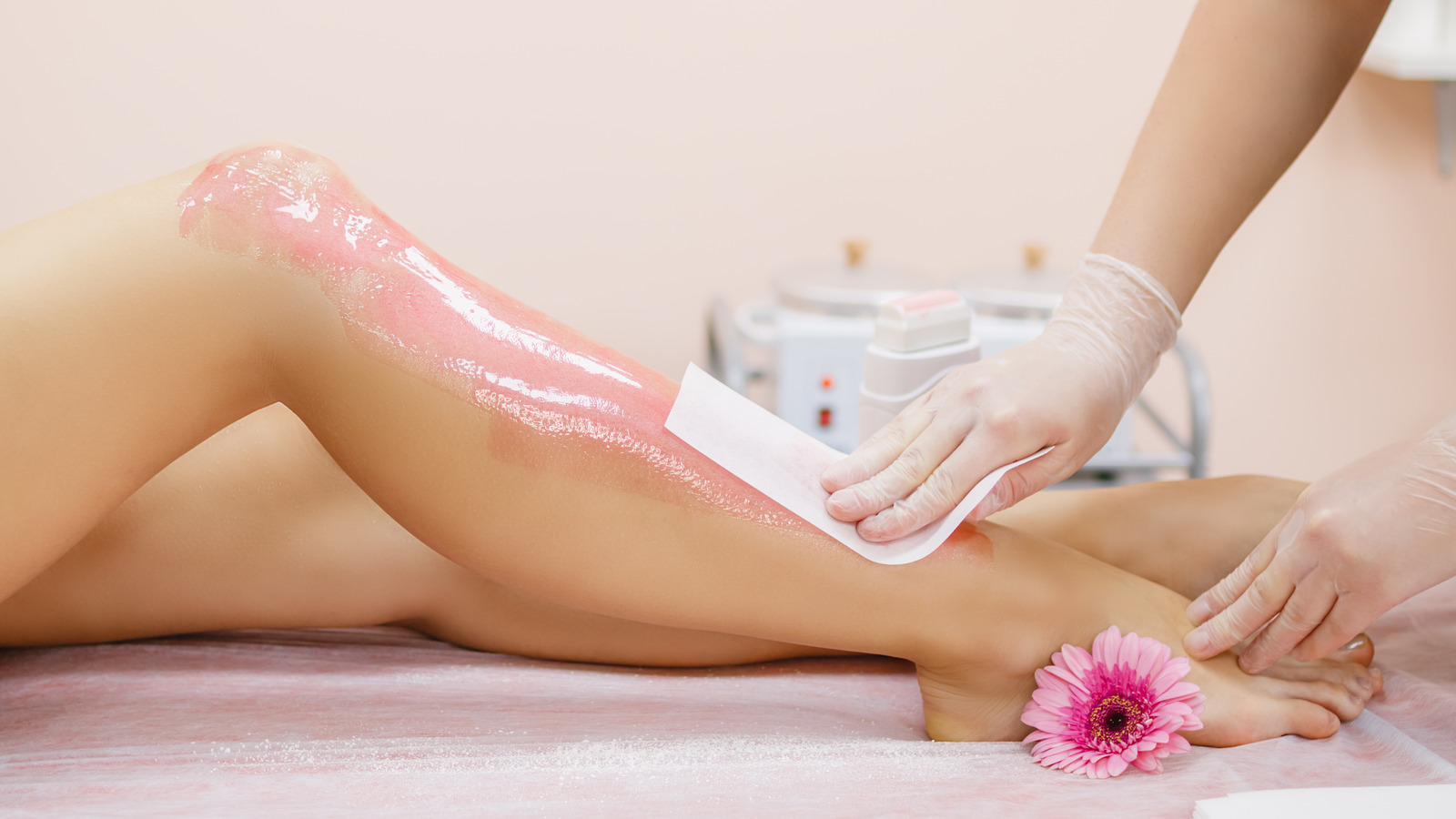
Waxing in between laser treatments can be part of a successful hair removal strategy if managed wisely.
How to Safely Incorporate Waxing
Wait at least two weeks after a laser session before waxing to avoid irritation. Focus on areas where hair growth is more stubborn or less responsive to laser.
Always perform a patch test to check for adverse reactions. Use post-waxing soothing products to calm the skin.
Alternatives to Waxing Between Laser Sessions
Shaving is the safest option as it doesn’t disturb the follicle. Depilatory creams can also be used but may cause sensitivity in some individuals.
Threading or sugaring are gentler alternatives for small areas. Choosing the right method depends on skin tolerance and hair growth patterns.
Long-Term Strategy for Hair Reduction
Aim for 6-8 laser sessions spaced appropriately for optimal results. Use waxing sparingly between treatments to maintain smoothness without compromising progress.
After completing laser treatments, occasional waxing can keep regrowth at bay. Consistency and patience are key to achieving lasting hair-free skin.
Conclusion
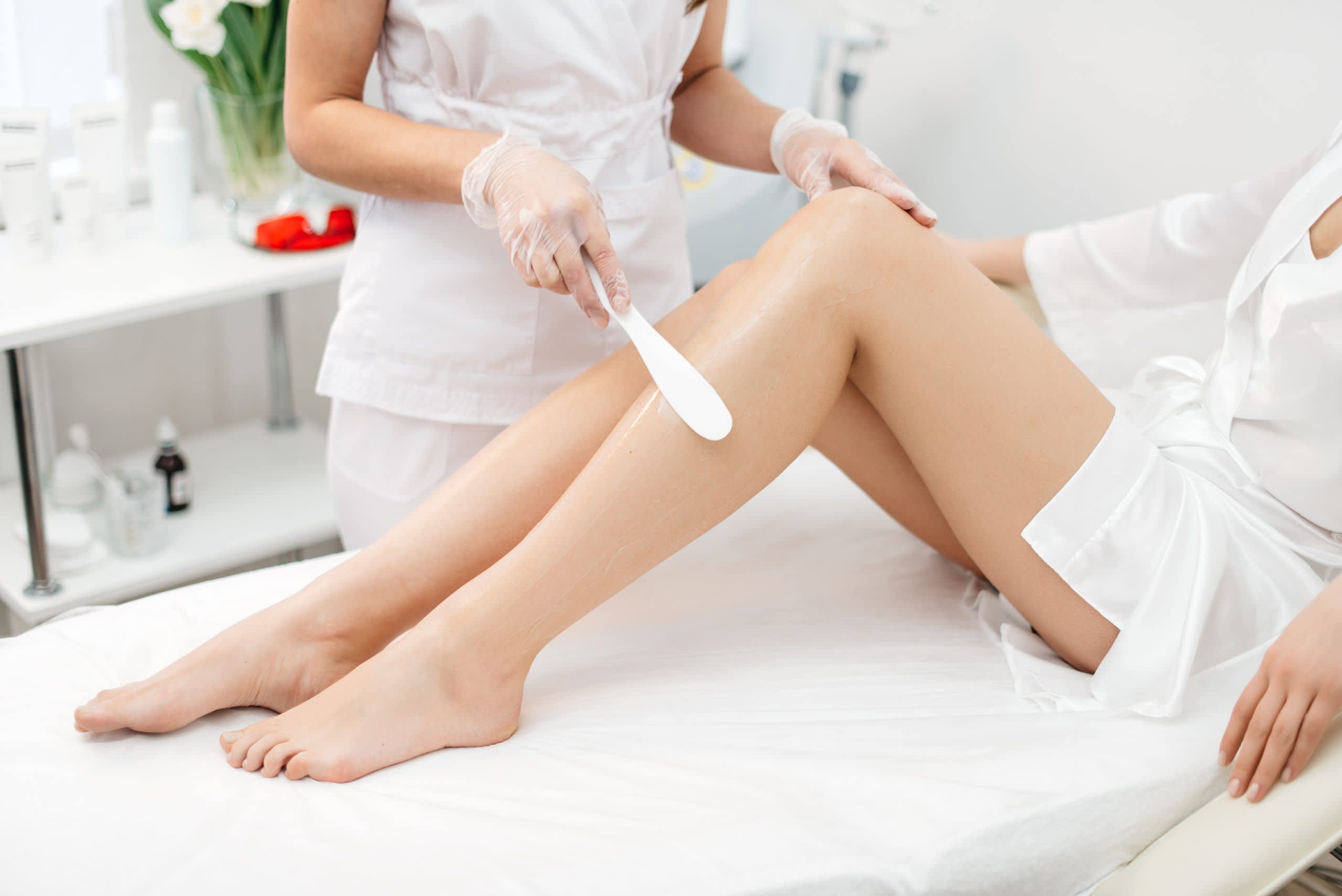
Combining wax laser hair removal techniques can deliver smoother, longer-lasting results when done correctly. Whether you’re considering wax before laser, waxing after laser, or alternating between treatments, understanding the timing and precautions is essential. By following professional advice and maintaining a balanced approach, you can achieve the hair-free skin you desire while minimizing risks and maximizing effectiveness.




